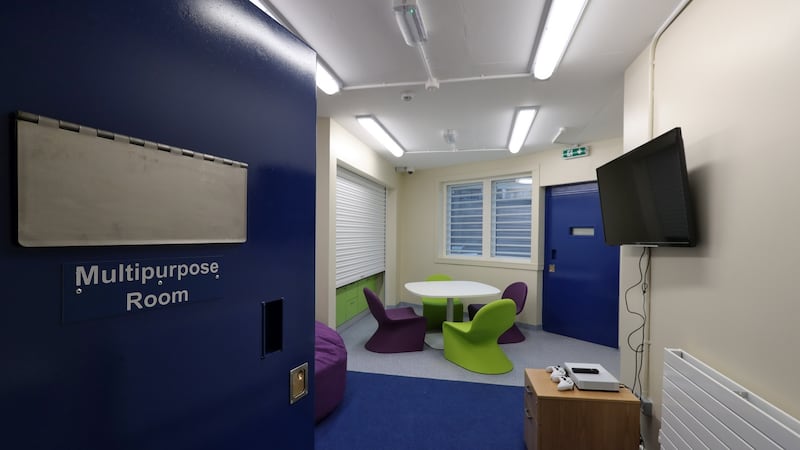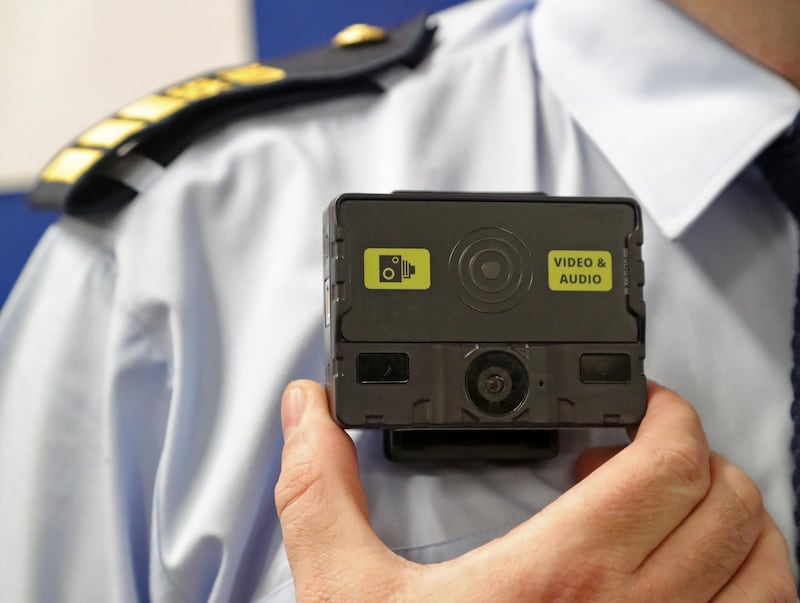Four prisoners with records of extreme violence and who are currently being moved around jails surrounded by riot shield barriers are being sent to a new €2.7 million specialist unit.
The National Violence Reduction Unit is set to receive its first prisoner as early as next week.
Five prisoners with a high propensity for extreme violence have been selected for transfer into the unit at the Midlands Prison, Portlaoise.
They have proven so violent serving their sentences that prison staff have been forced to deal with them exclusively through “barrier handling”.
This means when they are being taken anywhere within a jail a team of prison officers in riot gear surrounds them with riot shields. The head of the Irish Prison Service, Michael Donnellan, said this way of dealing with the most violent prisoners in the system was not working.
Something new was required, and the soon to be opened violent prisoner unit aimed to take a more intense and progressive approach.
The unit was a therapeutic initiative, he said, which would be co-managed by a senior psychologist and an assistant prison governor.

Aims
Psychologists would work daily with prison officers who had applied to work on the new unit and had undergone special training.
One of the main aims was to ensure staff quickly understood the triggers and warning signs of each prisoners’ violence so they could intervene before any attack or outburst occurred.
Eventually, the psychologists and prison officers would also help the prisoners understand the reasons for their violent behaviour so they could begin to self-manage it.
Prisoners being transferred into the new unit must meet special criteria that confirms their status as being among the five to 10 most violent prisoners in Ireland’s near 4,000 prison population.
Mr Donnellan added some special units had been established in jails such as Cloverhill and Mountjoy, both in Dublin, for prisoners with mental health. But the new unit in the Midlands was specifically for extremely violent prisoners.
Because of that, prison officers would wear body cameras and would, for the first time in the prison service in the modern era, carry a baton.

These additional precautions, Mr Donnellan said, were needed because staff would wear regular uniforms rather than riot gear.
“It’s reasonable from a risk perspective that they wear a baton,” he said, adding the baton, or Asp, would be hidden.
Mr Donnellan added the opening of the unit on a phased basis from next week followed three years of preparations.
Reduced risk
Best practice internationally was studied, and the approach being taken with the new facility was based very much on the UK system of managing the most disruptive prisoners.
Mr Donnellan toured the new unit on Friday with Minister for Justice Charlie Flanagan, with the media also granted an opportunity to examine the facility.
Mr Flanagan said the unit would reduce the risk posed by the small group of violent prisoners to other inmates and prison staff, as well as the community they would eventually be released into.
“This is innovation,” he said of the new unit, which can take a maximum of 10 prisoners from jails through the country.
"It's cutting edge and it's international best practice coming to Ireland, " he said, adding a new approach had to be taken to "serious disruptive and violent prisoners".
The Prisoner Officers’ Association has long complained of a very small number of prisoners who have long posed an acute safety risk to their staff.
While the prison service would not comment on the identity of five prisoners already selected for the new unit, The Irish Times understands one is Alan Ellis.
The 25-year-old is serving a six-year sentence for torturing a 14-year-old. In prison he has slashed prison officers and also stabbed a mental health professional.
Leon Wright, a 30-year-old Dubliner with over 100 convictions, was also expected to be sent to the unit. Many prison officers regard him as Ireland's most dangerous prisoner after repeated attacks on prison staff and Gardaí.










